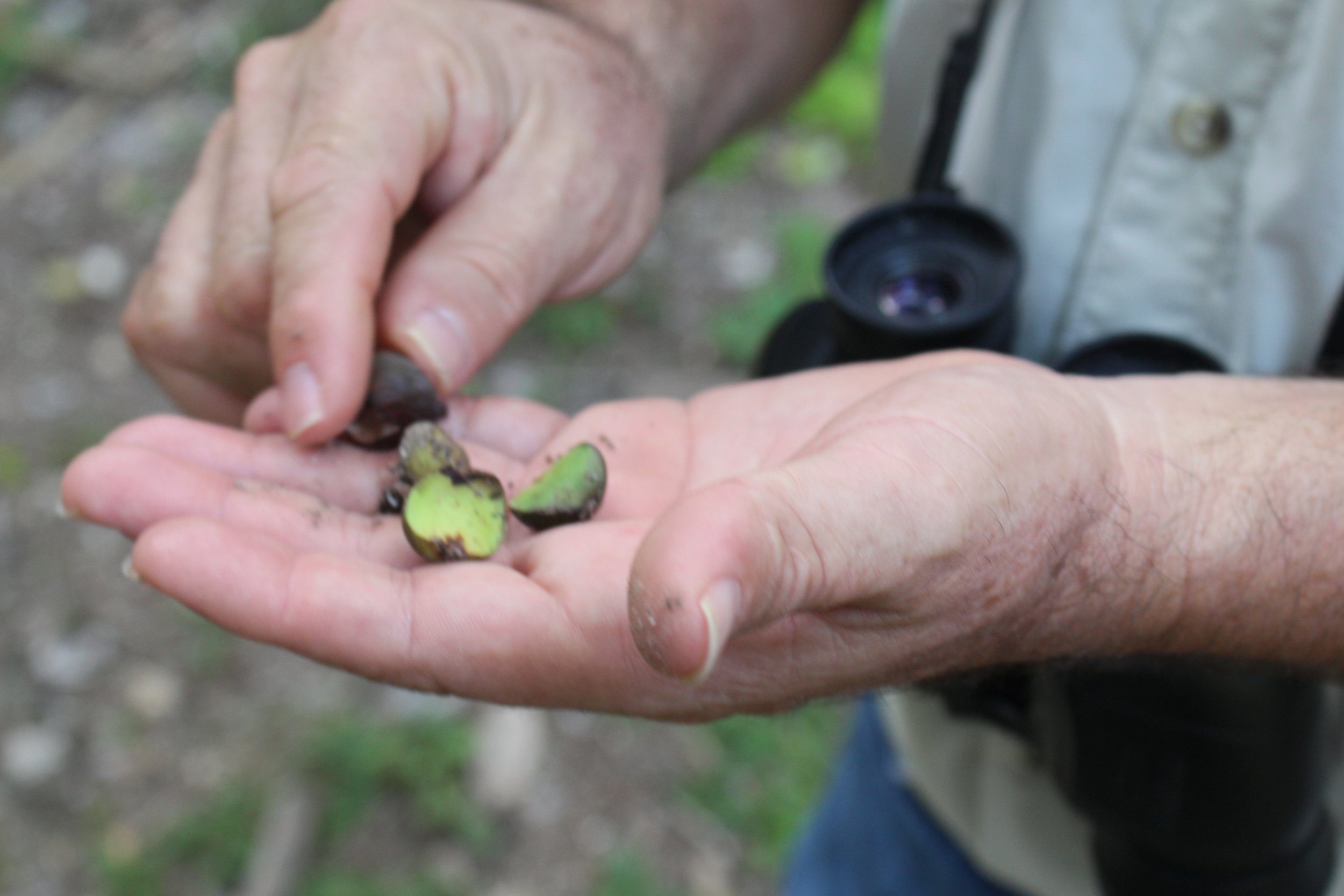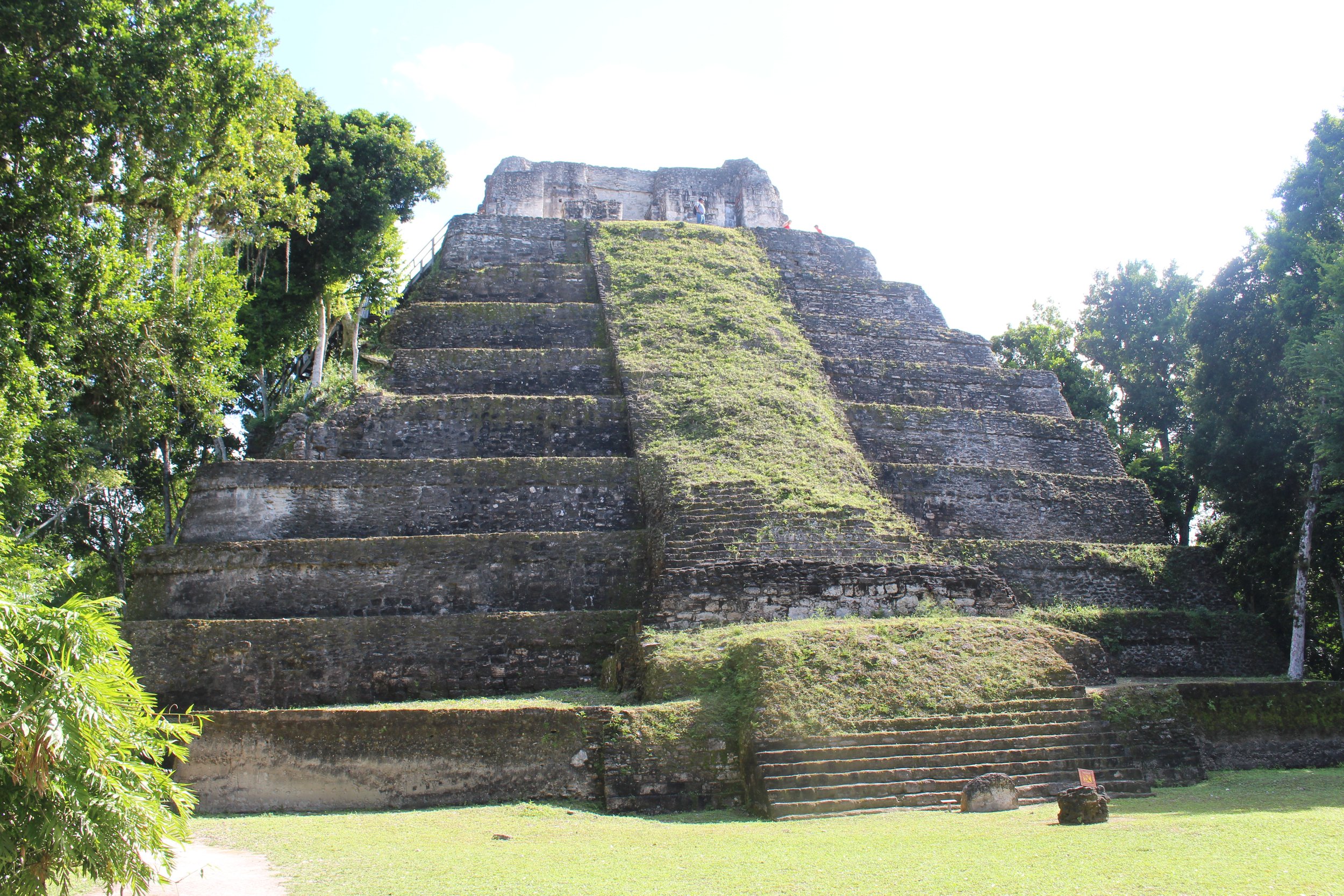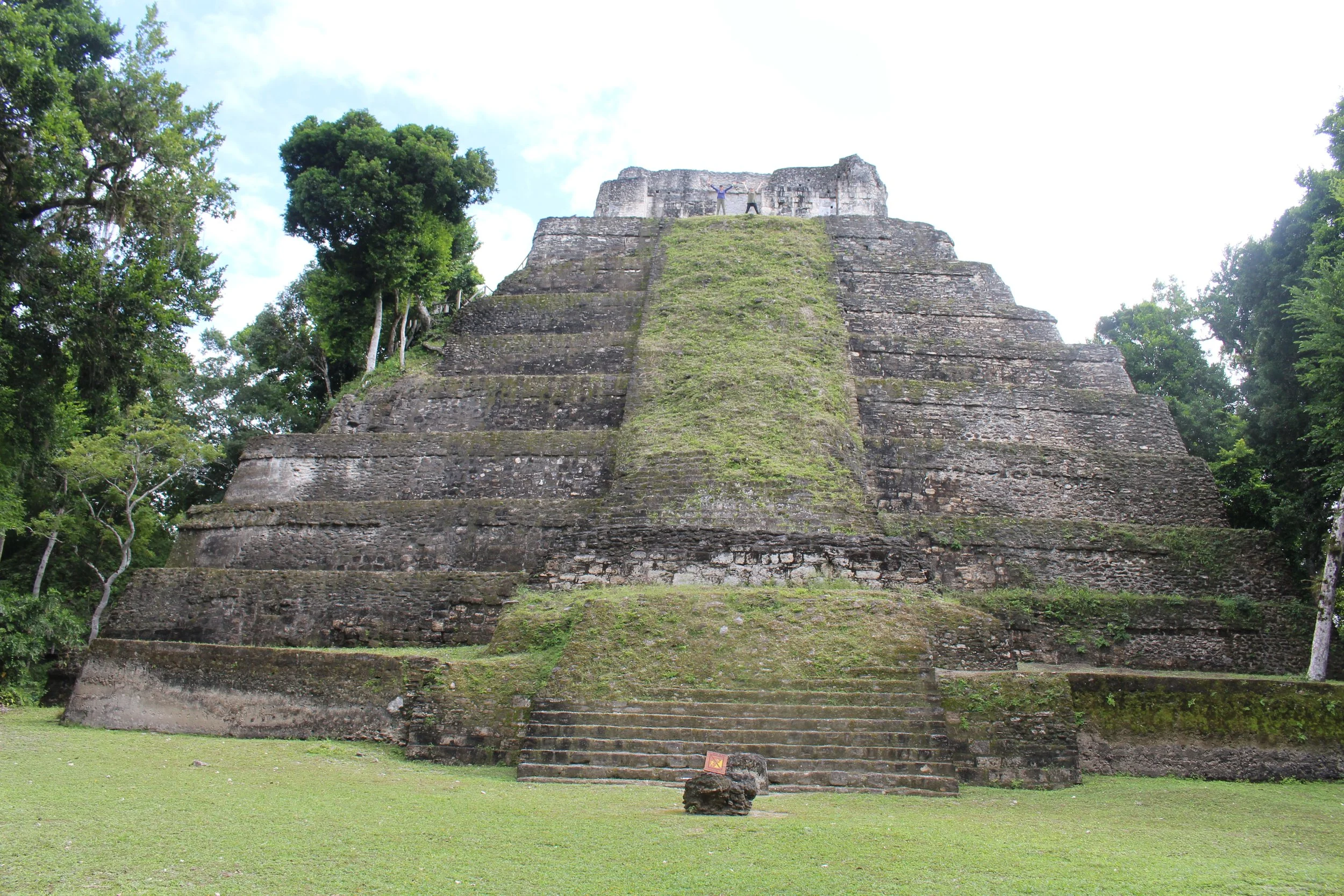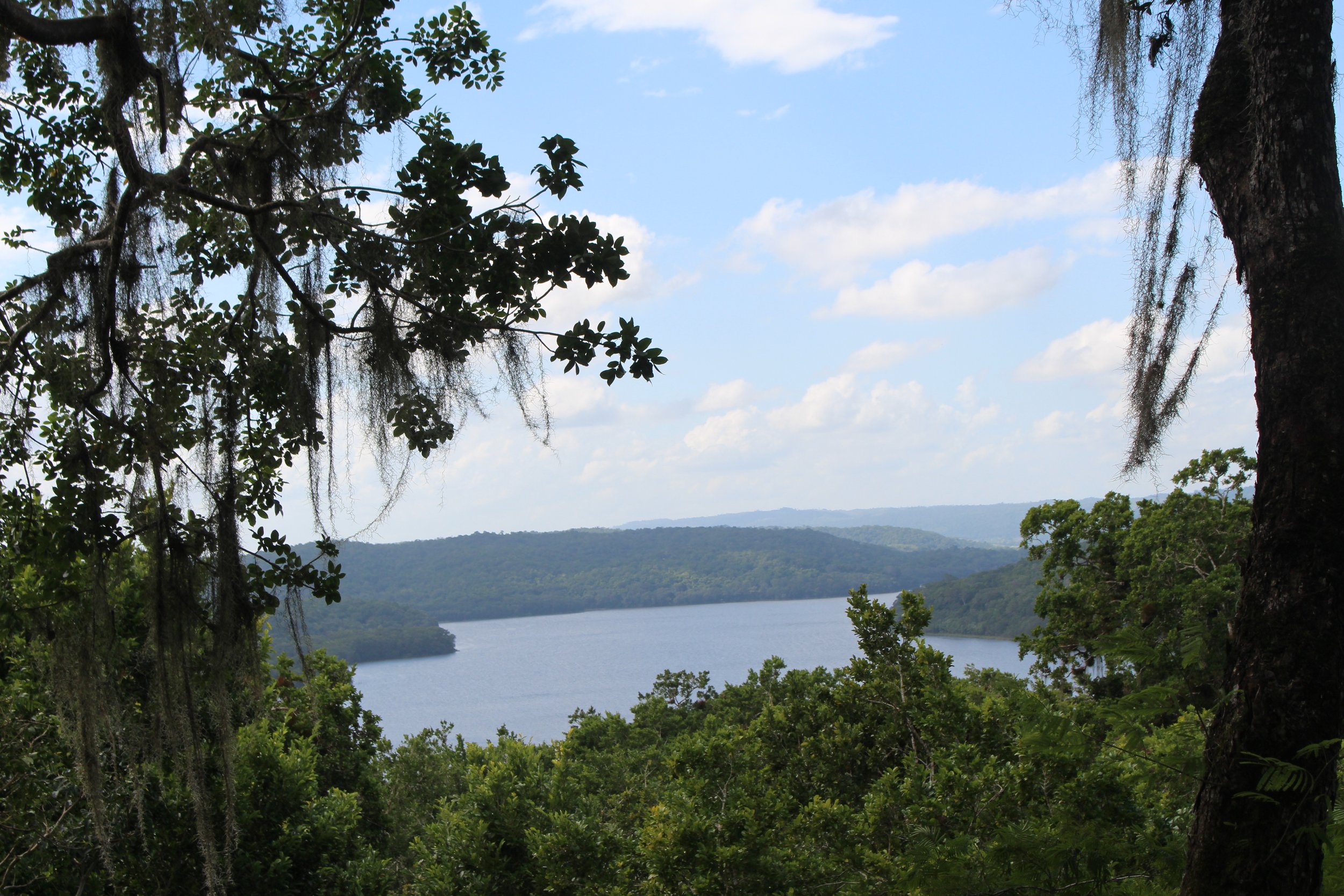Archaeological Sites Tikal and Yaxha
In December 2017, my mother and I visited Guatemala. As usual, during our travels, we like to keep moving: to explore the most of the country we’re in and to do as much as possible. During those ten days we therefore decided to add to our itinerary not one, but two Mesoamerican archaeological sites introducing us to the pre-columbian Mayan civilizations.
Yaxha Archaeological Site
The first site we visited was Yaxha (meaning Blue Green Water), located in the North East of the Peten Basin region and the third biggest city at the Early classic period (AD 250-600).
First reported in 1904, the ruins include now around 500 different structures. It was such an honour to walk through this ancient city and to try to picture life at that time. Its centre is a gathering of different architectural groups and plazas. Several roads, or “causeways” have been discovered linking the different buildings to each others and one linking Yaxha to the shore of the Yaxha lake.
We started our discovery by the top of the Temple 216 which has been restored, giving the tourists the opportunity to enjoy the view on the two lakes outside of the jungle and the stepped pyramids on the other side.
It’s also one of the few sites that possesses a twin pyramid complex, which was very impressive. Here is a collection of photos I took while walking through the city. You can spot so many different signs of the population evolving in time, especially when you look at the contrasting stone layers.
The jungle surrounding Yaxha is quite thick, and I strongly recommend you to wear the adapted mosquito repulsive. There is one clothes and one for your skin in the tropical climate, be sure to get both. And also, make sure you wear the right footwear: You WILL climb.
Tikal
After this day, we went on to discover the biggest archaeological site ever mapped in Guatemala: Tikal, located in the rain forest and now UNESCO world heritage site. The city has been completely mapped and covered an area greater than 16 square kilometers that includes about 3,000 structures.
A miniature of the site can be observed at the entrance, make sure to check it out: You’ll be amazed by the shear width of the park.
Conspicuous trees at the Tikal park include gigantic kapok (Ceiba pentandra) the sacred tree of the Maya, tropical cedar (Cedrela odorata), and Honduras mahogany (Swietenia macrophylla). Regarding the fauna, agoutis, white-nosed coatis, gray foxes, Geoffroy’s spider monkeys, howler monkeys, harpy eagles, falcons, ocellated turkeys, guans, toucans, green parrots and leafcutter ants can be seen there regularly. Jaguars, ocelots, and cougars are also said to roam in the park.
Those are the animals we spotted:
This must be the most impressive and huge Maya site you could ever see in Guatemala, but also the most touristic one, so don’t be surprised if you’re entirely alone, especially on a day like this where the weather was truly amazing.
The architecture concept includes remains of temples, smaller pyramids, stone monuments and royal palaces, and even a jail, to quote a few.
We spent most of the day there, climbing stairs and appreciating the view and the different stories our guide was telling us. By the way, I recommend you to hire a guide if you can. It’s so much more helpful to walk around the site knowing what you’re looking at and to try and understand how this city was organized.
On this archaeological site you’ll also be able to find a tiny museum keeping a lot of remains found on the site, such as jewellery, crockery, art pieces and even more. Make sure to have a look inside, it’s remarkable to see just how advanced the Maya people were in their artistry.
These two days were great: We learned so much about this ancient culture and these people. It was a blast to picture ourselves living with these past civilizations and to appreciate the beauty of their cities.

























